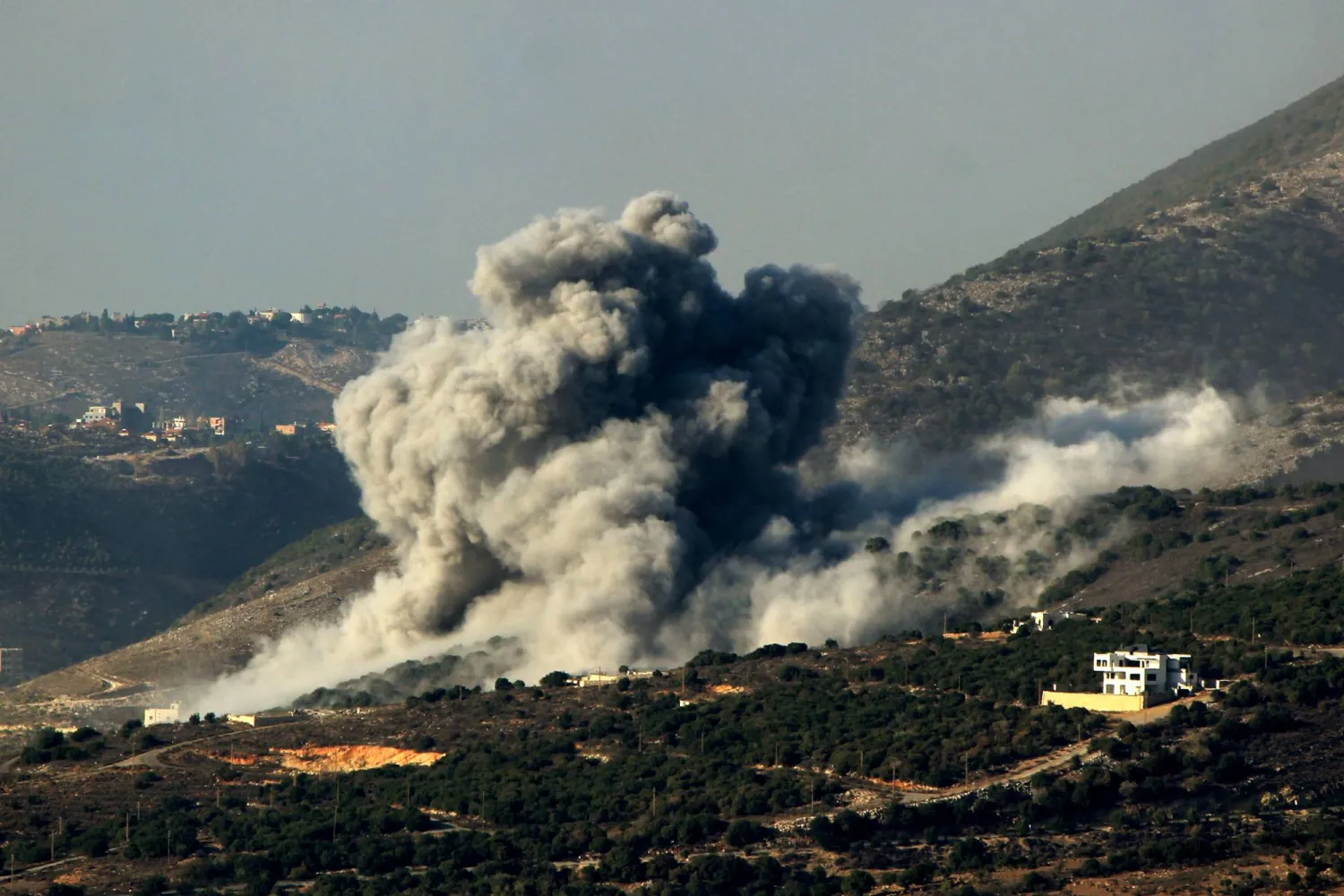During a raid carried out by Israeli special forces on an Iranian Revolutionary Guard weapons facility in the Masyaf area in Syria last Sunday, equipment and documents were seized, as commandos descended from helicopters to capture Iranians and remove materials before destroying the site, according to several unconfirmed Israeli media reports.
At the time, local Syrian media reported that airstrikes hit a scientific research center in Masyaf, which has long been associated with the manufacture of chemical weapons and precision missiles by the Syrian regime and Iranian forces.
But Israeli media attributed the information on the commando raid to reports from private sources, including the opposition Syria TV network and Middle East researcher Eva Koulouriotis.
The opposition TV said the Israeli troops operated on the ground during the action at Masyaf and that Israeli helicopters did not land on Syrian soil, but instead hovered as special forces rappelled down ropes.
The report said there were violent clashes in which three Syrians were killed, and two to four Iranians were captured. It did not give details as to what happened to the Iranians.
Additionally, the Syrian TV network said that a Russian communications center was among the sites targeted as part of the operation.
Sources told the outlet that Syrian air defenses had been weakened by recent Israeli attacks, preventing them from foiling the Sunday assault, and that Syria has established a high-level commission of inquiry into the incident.
Separately, Koulouriotis told The Times of Israel quoting a “security source” that the Israeli army operation had targeted an Iranian Revolutionary Guard Corps (IRGC) facility for the development of ballistic missiles and drones that also provided logistical support to Hezbollah.
In a series of posts to X, Koulouriotis said roads surrounding the facility were targeted with airstrikes to stop Syrian troops from reaching the area, before the Israeli helicopters carrying special forces approached, with air support from combat helicopters and drones.
She said Israeli troops entered the compound, removed equipment and documents, and then laid explosives to destroy the facility.
Koulouriotis wrote, “This special operation in Syria is considered an important development in the recently escalating scene in the Middle East.”
“It is certain that what happened in Masyaf will become more clear in detail as the days pass and may be an indication of the imminence of a new escalation, whether on the Syrian or Lebanese arena,” she added.
The Masyaf area is thought to be used as a base for Iranian forces and pro-Iranian militias and has been repeatedly targeted in recent years in attacks widely attributed to Israel.
It hosts the Scientific Studies and Research Center, known as CERS or SSRC, which according to Israel is used by Iranian forces to manufacture precision surface-to-surface missiles.
Western officials have long associated CERS with the manufacture of chemical arms. According to the US, sarin gas has been developed at that center, a charge denied by the Syrian authorities.
In a related development, the Israeli strike that targeted a Volvo car at the eastern entrance of Khan Arnabah town on the Damascus-Quneitra highway on Wednesday, killed a commander from Al-Ashah village in Quneitra’s countryside, according to sources.
The Syrian Observatory for Human Rights (SOHR) said the commander worked for the Lebanese Hezbollah and was responsible for recruiting Syrians from the region and for transporting weapons.
The commander lived in Sayeda Zeinab area, south of Damascus. When he turned 60, he moved to Quneitra.
Syrian state media said an Israeli drone strike killed two people in Quneitra.
“Two citizens were martyred due to an Israeli drone attack that targeted a civilian vehicle with a missile” on the Damascus-Quneitra road, the official news agency SANA reported.
A local security source told AFP that “two charred bodies were removed” from the targeted vehicle.
The Israeli army has yet to comment on the strike.
Thursday's strike came days after raids blamed on Israel killed 18 people in the central province of Hama, according to Syrian authorities.
The Observatory said those strikes killed 27 people, including six civilians, and targeted a “scientific research area” and other sites in the province's Masyaf area.









